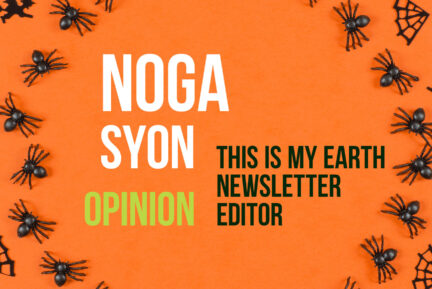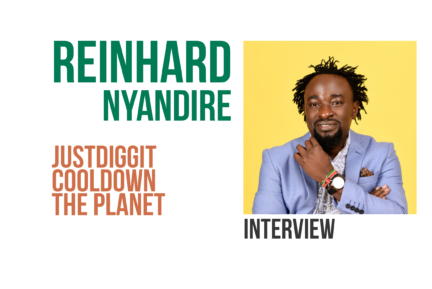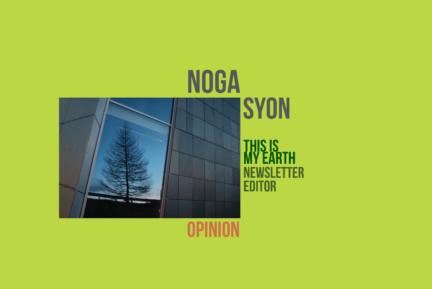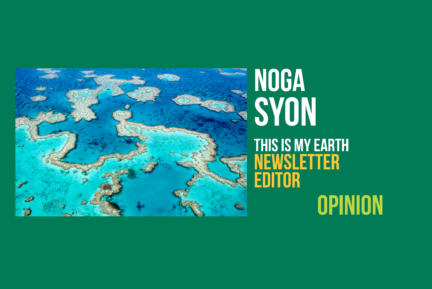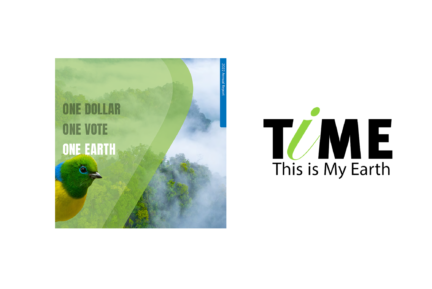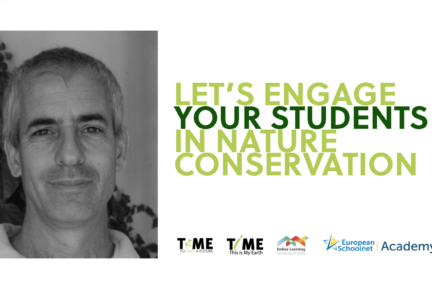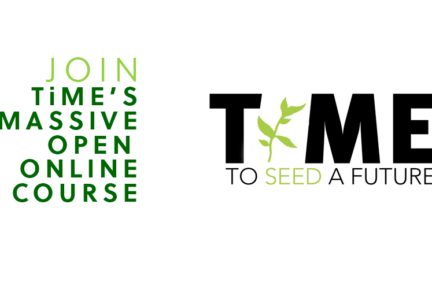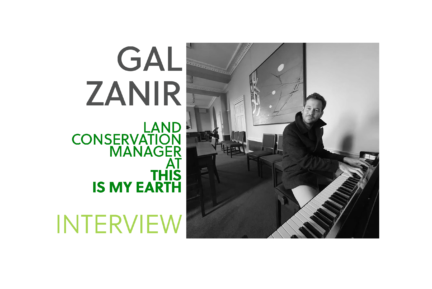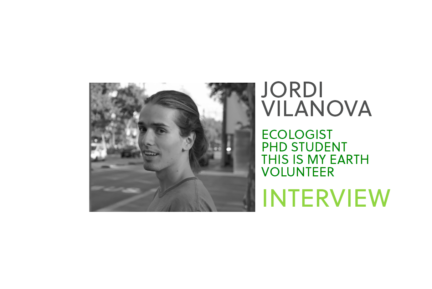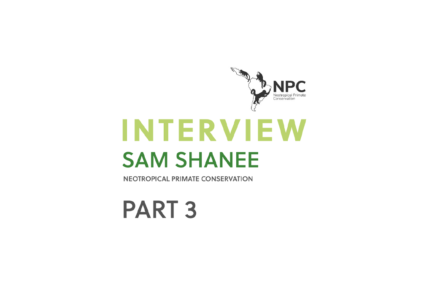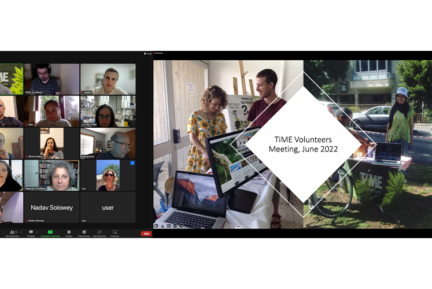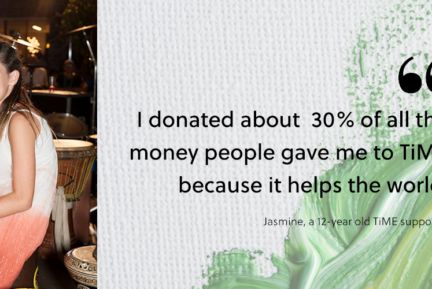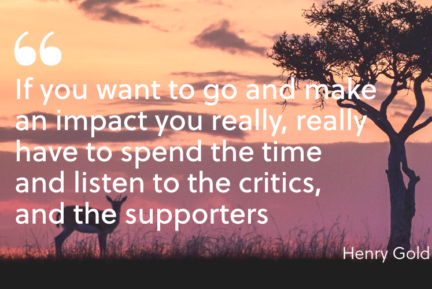“Behind This is My Earth there’s a beautiful and powerful idea: We all depend on each other to overcome adversity” said Tony Hiss to us. We had the privilege to talk to Tony Hiss, the author of fifteen books, including the award-winning The Experience of Place, and he told us that TiME is a beautiful idea, as we all depend on each other to face adversity and overcome it. He was a staff writer at The New Yorker for more than thirty years, was a visiting scholar at New York University for twenty-five years, and has lectured around the world.
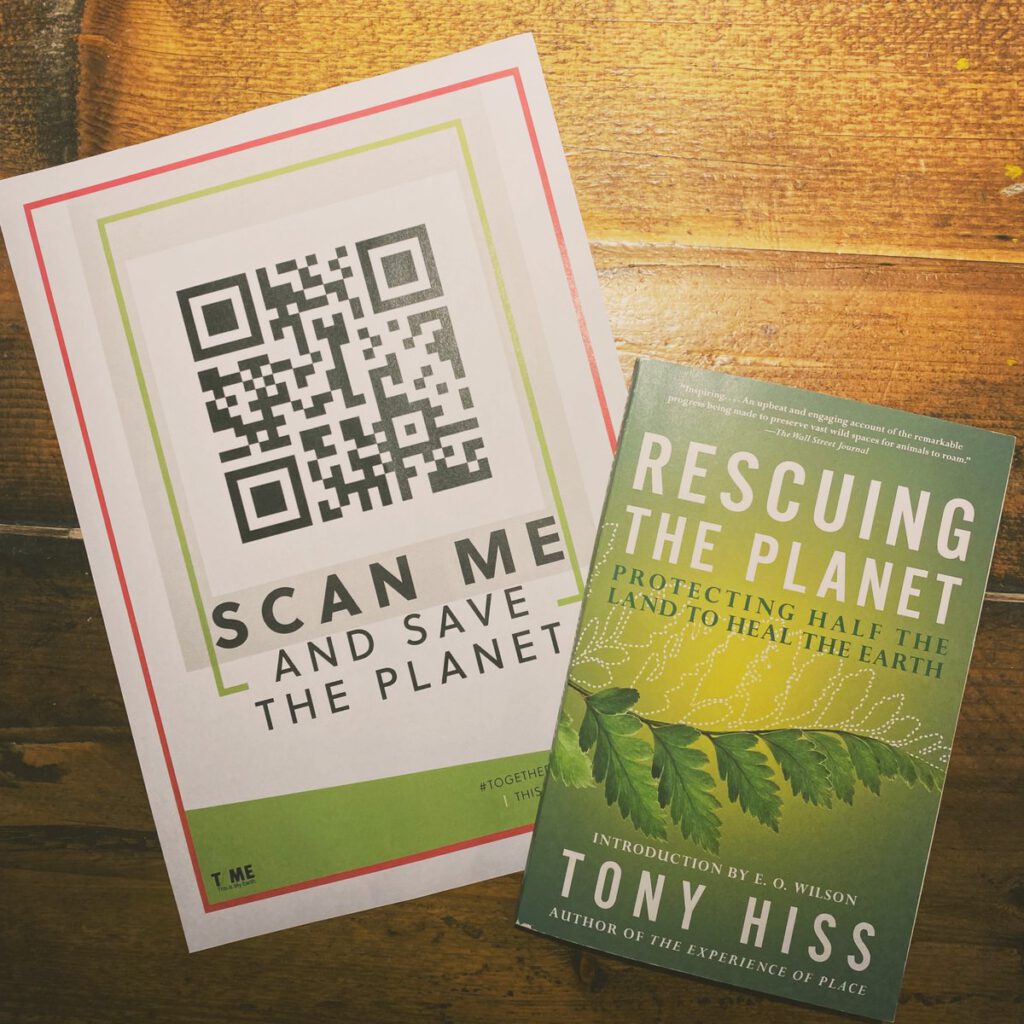
Hi Tony, thanks for giving us a chance to interview you. You often talk about the “experiences of places.” How do you explain the relationship we establish with our surroundings?
Hi! I live in New York City, the biggest city in North America. Amazingly enough, 11% of the land in New York is still a natural area. For the first time, we also have a group of people responsible for protecting these natural areas. We also have about 28% of the city land as parkland. For the first time, New Yorkers see nature as an asset, such as the libraries or museums.
These engaged citizens have created a 17-cities coalition across the US. They are aiming to protect the large tract of natural areas in the urban areas. If you combine them, you will have 1.7 million acres of natural space. That’s almost as big as Yellowstone National Park!
Why is Yellowstone so important?
Because it was the first national park ever, anywhere; it was created in 1872, 150 years ago. It gave birth to the whole national-park movement. We have about 6,000 national parks worldwide, but Yellowstone was the first one.
How has this national-park movement evolved?
Now, this movement has moved into our urban areas. We are finally aware of the importance of nature within our metropolitan areas. Nature conservation for our health is fundamental. This is a significant change, a great change. “I don’t have to leave the city to feel in touch with the wildland” is a much more powerful idea than we may realize.
Did you leave the city when you were writing your last book?
While working on my Rescuing the Planet book, I got a trip into the boreal forests. That is probably the most extraordinary landscape I have ever seen. In some ways, is the most memorable piece of land left on the planet. It’s more significant than the Amazon and more intact, as 85% is still untouched. This is the kind of landscape that when President Jefferson in 1805 sent Lewis and Clark on their famous expedition to reach the west coast was the same as it is now. So what they saw more than a century ago can still be seen today. From Alaska all the way to the Atlantic Ocean, nature remains the same. You go for miles and miles and hours and days without seeing any sign of human settlement. Also, the second largest river in North America, right after the Mississippi, flows through the boreal forest, and it is a strange, magical river.
Why is that?
Because it flows north-north! Form our own southern perspective, that is very shocking! It seems like totally the wrong way, but thanks to that, it has been a great savior of the boreal forests.
How so?
Although the Canadian government has always had a more positive approach to the native peoples compared to the US, tensions have also been aroused. Having a river flowing up, north-north, has been helpful to them in some moments.
How many native communities are still living there?
There are something like 600 Indigenous communities which are still present in the boreal forests, and nowadays, the Canadian government is turning to them and asking for help. Canadian officials say, “please, set up for us the second system of national parks; use your knowledge to identify biodiversity and be the rangers of these parks.” In Canada, parks like Yellowstone managed by Indigenous communities are coming into being – we’re taking about millions of kilometers with lakes so big that they make their own weather.
So a lot is going on, and I was very excited to be able to write this optimistic book.
You focus a lot on aboriginal cultures and their efficient way of managing their own natural resources and lands. What can we learn from them?
They must be keeping their lands because they have been living among these landscapes and understanding them for ten thousand years. We are just catching up, but we have lived as naturalists for a couple of centuries, while they have been developing a deep knowledge of the Earth and the balance that supports life on it.
Many things are now at risk before we decided perhaps this was not a good idea, but native peoples have a deep time perspective and knowledge about animals and plants. We are now starting to think of them as our partners, and sometimes as our senior partners. This is an improvement.
Where does the concept of Half-Earth come from?
The concept of Half-Earth emerged from a group of Western biologists. Since Yellowstone was created more than a century ago, we’ve managed to put aside about 15% of the land around the world. The challenge is to bring that up to 30% and then to 50%.

Why is that so important?
Lots of field studies show that if we want most of the species to survive, we need them to have access to at least half of their original territory. We know that thanks to predictive biology methods; we have never used them before. What that biology is teaching us is that if we stay at 30% of the Earth’s land conserved, only about a quarter of the species will survive, whereas if we increase these protected areas to 50%, the survival rate will increase from 85% to 90%. Almost everything! It took us 150 years to get from 0% to 15%, and now we have to jump to 30% or 50% in about one or two decades. Nature conservation should be the top priority of everything we do.
Let me now introduce you to an important person in our nature conservation story…
Who are you thinking of?
Benton MacKaye, often referred to as the father of the Appalachian Trail, understood the emotional pull of the wilderness. The way is constructed and protected almost entirely by volunteers. The Appalachian Trail is the only project entirely created by volunteers. MacKaye got his inspiration at the top of a mountain in Vermont. He got the sense of being in a “single place” and called it a “planetary feeling”, and that became his life work, the protection of the “Appalachian realm.”
How does his work relate to the Half-Earth Project?
Among the Half-Earth advocates, we used to say that there are three basic principles, often called our “three Rs”: retain what is still wild; restore areas that were once wilder; and reconnect those areas that have been isolated and fragmented from their ecosystems. That works at every scale, and there are plenty of things people can do. You don’t even have to like animals! [laughing]. Just understand that biodiversity is this network of living creatures that keeps the air and water clean for us to drink. The best example of it is plants, which can only survive with the existence of pollinators. This is a coevolution process, as species evolve by depending on each other. This is a beautiful way of growing up and going through life, if you think about it.
Why are you so optimistic?
I am an optimist because there is no other option. We have to overcome this challenge we have ahead in our lifetime. We must leave that work to the next generation. And that is very exciting.
You finish your book highlighting several revelation moments of public figures, and you close the last chapter with a beautiful line: “I came to realize that for this glorious, beleaguered planet, there’s room enough and time enough.” What can you tell us about your moment of truth?
I think the so-called “planetary perspective” grew on me gradually. I started writing this book, moved by the sense of loss. Many animals are disappearing. For instance, you have highlighted Lonesome George (or Solitario Jorge) at This is My Earth on your social media channels. He was the last of his subspecies, an “endling.” How did we let this happen? I started to try to understand what was going on and what could be done, and as I learned more and more, my whole sense of where we are now changed. In the book, I talk about the extraordinary geochemist Vladimir Ivanovich Vernadsky, who is equally revered in Russia and Ukraine. He wrote the first book about the biosphere. To Russians and Ukrainians, he was at the same level as Darwin or Einstein.
What did he point out about the biosphere?
The biosphere is the container of living things in the universe. As far as we know, only our biosphere is gifted with life. It is not exactly a sphere, it has a strange shape, and it is very ancient. It goes back almost to the beginning of the planet. And the crazy thing about it is that the biosphere almost lacks the third dimension, meaning that it is the thinnest from top to bottom. Most species live between the top of Mount Everest and the bottom of the Mariana Trench (the deepest spot in the Pacific Ocean). That is only a distance of 12.5 miles. If it was laid flat on the surface of the Earth, it is the kind of distance that a car could easily drive across in less than 20 minutes. So all known life in the universe is concentrated in a very thin area. We have to unite our efforts and keep this thinness manageable.
What is our position in the biosphere?
Well, we are somewhere in the middle. There’s life under our feet and life above our heads, up in the air. We don’t live on the Earth, we live within the biosphere. Changing this way of thinking is crucial.
We were talking to Ailish Hopper not so long ago about the current polarized situation in the United States regarding climate change. What do you think?
I’ve met ranchers for whom their whole life and identity is the land and the nature surrounding it. It’s ironic because most of their lands were taken away from Indigenous peoples, and I am pretty sure Native Americans also loved the land. But in general terms, I think farmers and people living in the countryside adore nature and think of themselves as stewards of the landscape. That is a crucial part of what they do. So, even if they might vote for the Republican Party, they are in favor of protecting the land. Sometimes they feel pushed to abuse their lands in order to produce more. If we could help them save and protect some of these lands they love, I’m very sure they would be looking forward to collaborating, as they know that land conservation improves the amount of pollination and the quality of the soil and helps their lands to recover faster.
What do you think of This is My Earth as a project?
This is the first time someone has come up with an idea such as TiME, and it is great. Thanks to you, we have the chance to arrive faster to protect half of the Earth effectively. Also, the fact that you allow people to vote and that you go to schools to teach your program makes your project unique. I feel like Behind This is My Earth there’s a beautiful and powerful idea: We all depend on each other to overcome adversity, as in the coevolution process.
What can we do to grow more?
As Shakespeare said, “Sweet are the uses of adversity.” We all depend on each other to overcome adversity and This is My Earth is providing a very practical tool. We are being called upon this task. As we increase our necessity, we increase our capacity, and I’m sure This is My Earth will follow this path.
Thank you very much for your time!

